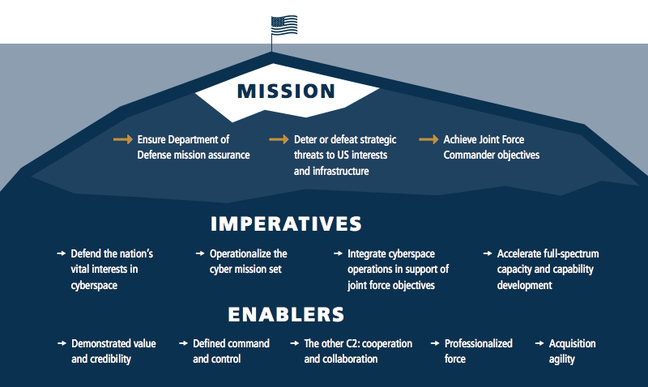http://www.dailypioneer.com/columnists/edit/beijing-factor-playing-out-in-kathmandu.html
Thursday, 08 October 2015 | Claude Arpi | i
Even as New Delhi is engaged in tackling the anti-India sentiment that has gripped Kathmandu, China must be enjoying the situation. Pro-China voices in Nepal’s establishment are being more increasingly heard
There is another dimension to the present crisis between Nepal and India: The China factor. Recently, Nepalese Ambassador to India, Mr Deep Kumar Upadhyay, asked Delhi not to “push it to the wall” by blocking petroleum and other essential supplies, otherwise the landlocked country would have to find alternatives. He did not pronounce the ‘C’ word, but said, “…despite logistical difficulties”.
Although India had assured Nepal that the present difficult situation will be resolved “at the earliest”, Mr Upadhyay asked, “They (India) should give a time frame. Does it mean hours, weeks or months?”
Let us hope that the constitutional issues will soon be resolved to the satisfaction of all (and not only a section of the Nepalese population). In the meantime, China is enjoying the situation.
On September 21, Beijing was quick to congratulate Kathmandu on the promulgation of its new Constitution. Chinese Foreign Ministry spokesperson Hong Lei stated, “China attaches great importance to the China-Nepal ties, and is willing to continue the friendly cooperation between the two nations.” He added that China was ready to provide “as much help as it can for the economic and social development of Nepal”. In this atmosphere of ‘Nepali-Chini bhai bhai’, the relations between Nepal and Tibet are upbeat too.






